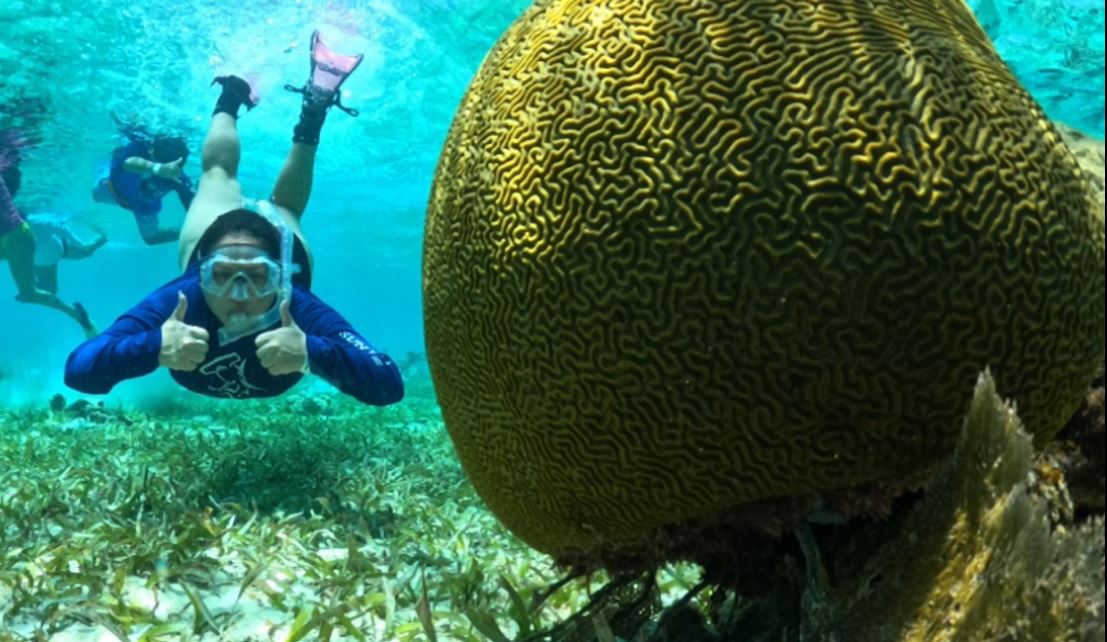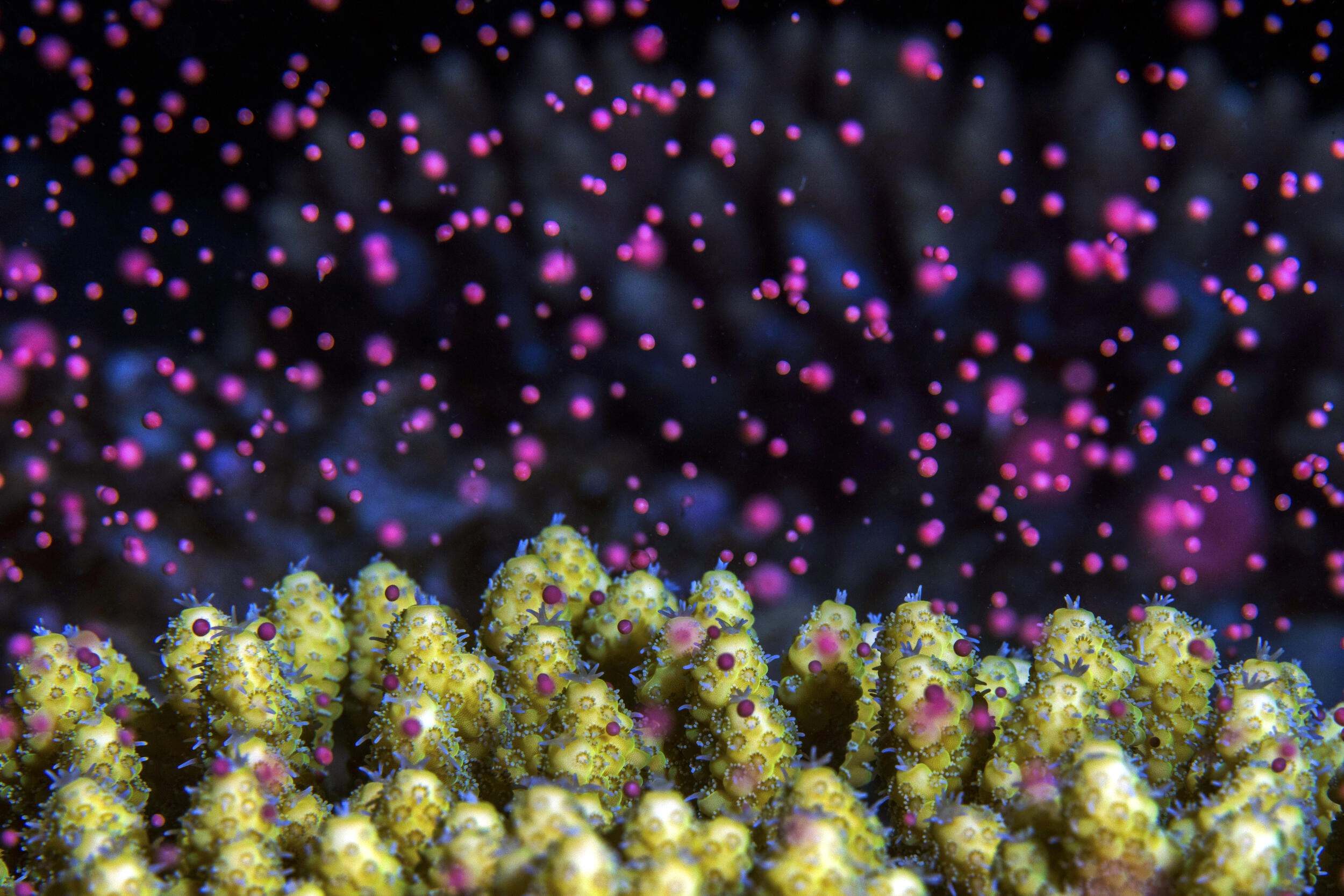Abstract: Sexual reproduction in scleractinian corals is a critical component of species recovery, fostering population connectivity and enhancing genetic diveristy. The relative contribution of sexual reproduction to both connectivity and diversity in Acropora cervicornis may be variable due to this species’ capacity to reproduce effectively by fragmentation. Using a biophysical model and genomic data in this threatened species, we construct potential connectivity pathways on the Florida Reef Tract (FRT) and compare them to inferred migration rates derived from next-generation sequencing, using a link and node-based approach. Larval connectivity on the FRT can be divided into two zones: the northern region, where most transport is unidirectional to the north with the Florida Current, and the southern region that is more dynamic and exhibits complex spatial patterns. These bihysical linkages are poorly correlated with genetic connectivity patterns, which resolve many reciprocal connections and suggest a less sparse network. These results are difficult to reconcile with genetic data which indicate that individual reefs are diverse, suggesting important contributions of sexual reproduction and recruitment. Larval connectivity models highlight potential resources for recovery, such as areas with high larval export like the Lower Keys, or areas that are well connected to most other regions on the FRT, such as the Dry Tortugas.
Authors: Drury, C., C.B. Paris, V.H. Kourafalou, and D. Lirman
Year: 2018
View Abstract
Email for the full article: resilience@tnc.org
Coral Reefs 37: doi.org/10.1007/s00338-018-1683-0


